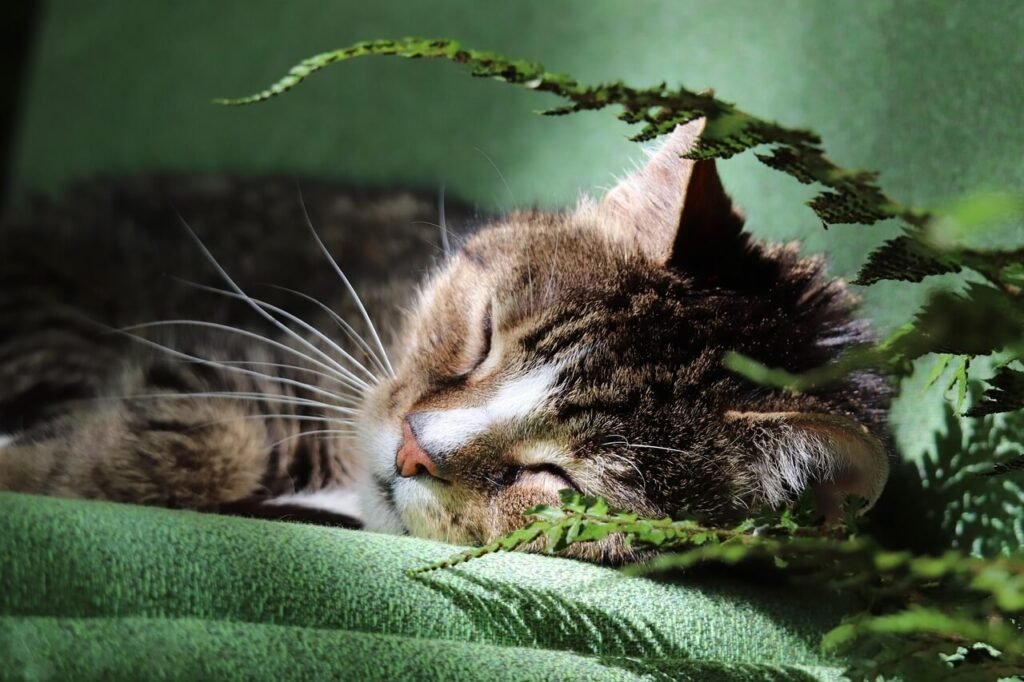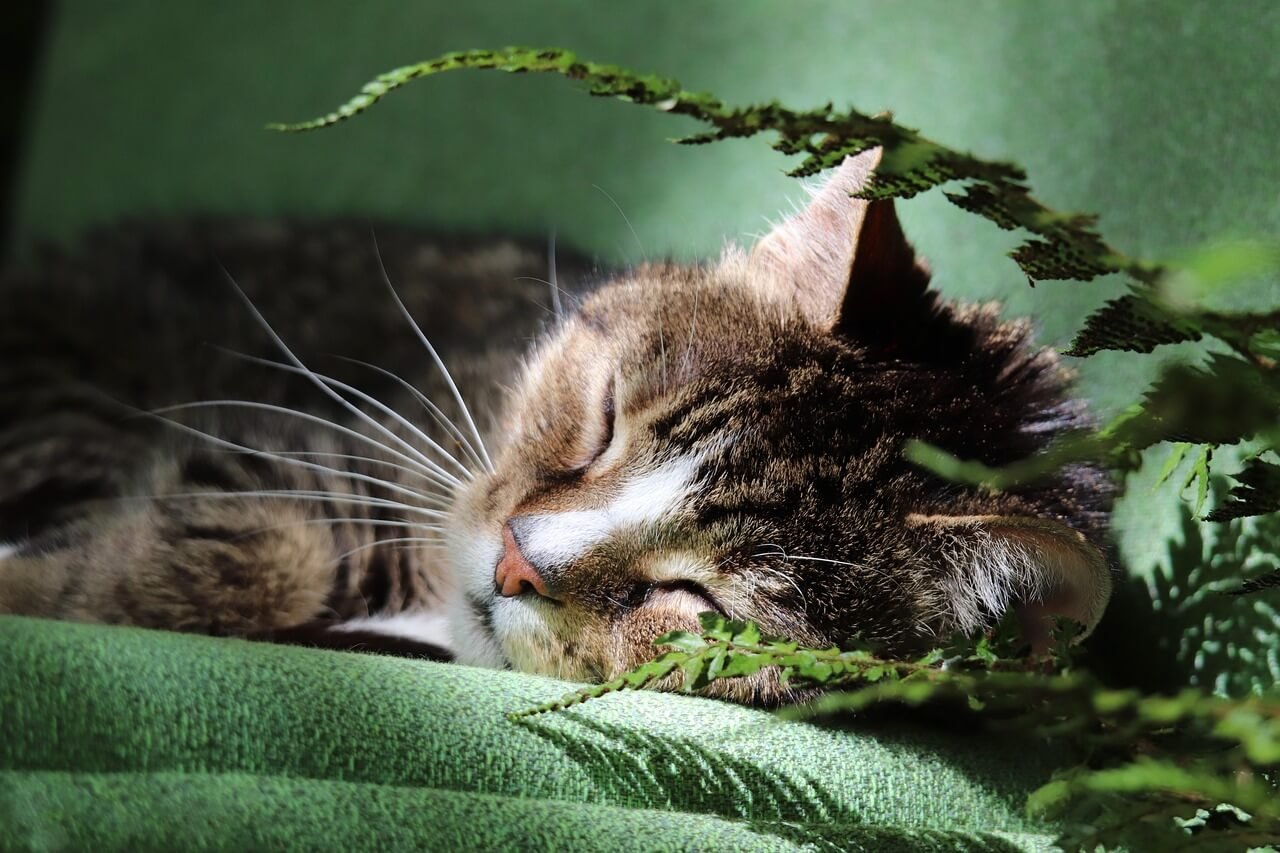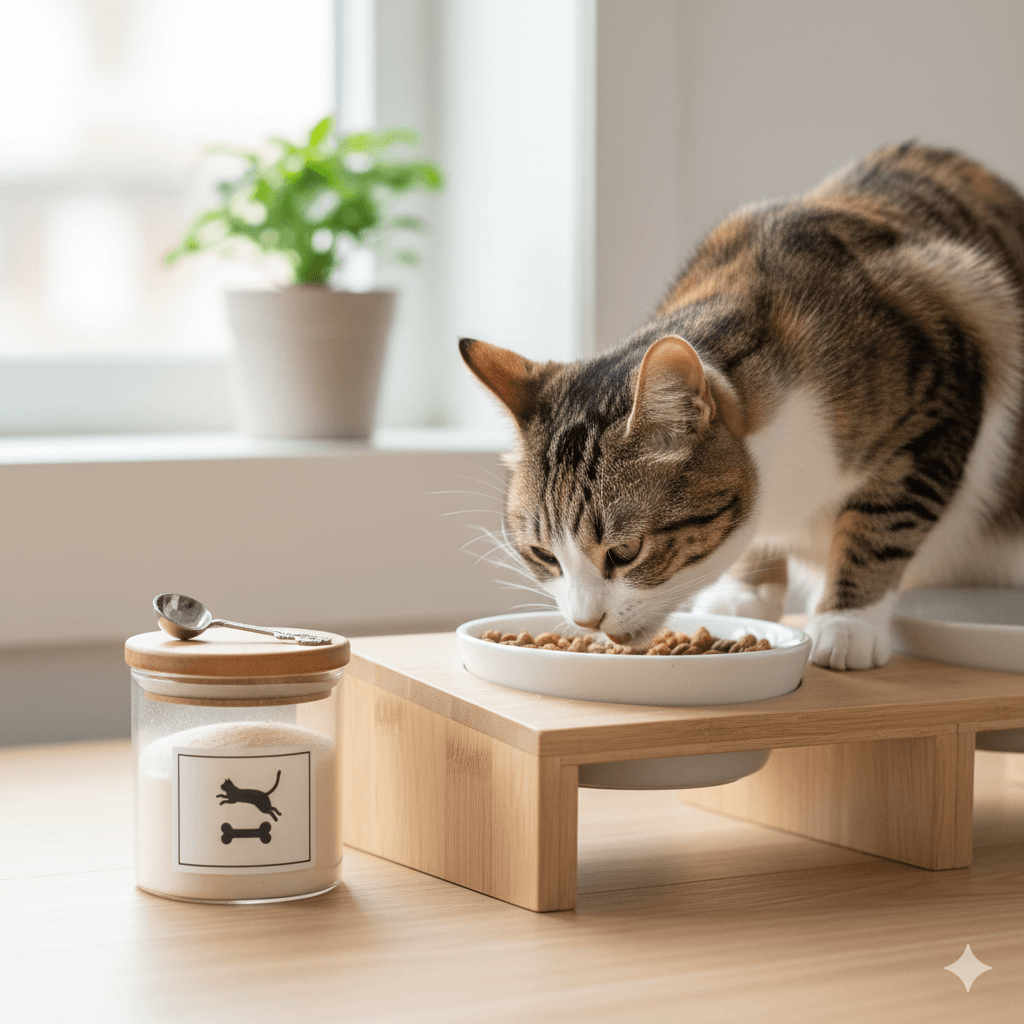Caring for Your Tortoiseshell Cat: Best 7 Expert Care Tips!
The Enchanting World of Tortoiseshell Cats: A Guide to Caring for Your Unique Companion
Tortoiseshell cats, often affectionately called “torties,” are a delightful blend of beauty, personality, and mystery. Their striking coat patterns, which resemble the intricate designs of tortoiseshell material, make them stand out in any feline crowd. But beyond their stunning appearance lies a unique temperament and set of care needs that every tortoiseshell cat owner should understand. Whether you’re a seasoned cat parent or considering bringing home your first tortie, this guide will walk you through everything you need to know about caring for these enchanting creatures.
Understanding the Unique Personality of Tortoiseshell Cats
Tortoiseshell cats are not just visually stunning; they are also known for their vibrant personalities. Often described as having a “tortitude,” these cats can be both affectionate and fiercely independent. Here’s what you need to know about their behavior and how to nurture their unique traits:
Tortoiseshell cats are often more playful and energetic than other breeds.
They tend to form strong bonds with their human companions but may also demand attention on their own terms.
Many torties exhibit a curious nature, exploring every nook and cranny of their environment.
Despite their occasional stubbornness, they are incredibly loyal and loving pets.
Some tortoiseshell cats may display territorial behavior, especially in multi-cat households.
Understanding these characteristics can help you create a harmonious relationship with your tortie, ensuring she feels safe, loved, and respected in her home.
Essential Care Tips for Your Tortoiseshell Cat
Caring for a tortoiseshell cat involves more than just providing food and shelter. These cats thrive when their physical, emotional, and mental needs are met. Below are some essential care tips to keep your tortie happy and healthy:
Provide a balanced diet rich in high-quality protein to support their energy levels.
Ensure fresh water is always available to keep them hydrated.
Schedule regular veterinary check-ups to monitor their overall health.
Groom their coat regularly to prevent matting and reduce shedding.
Create a stimulating environment with toys and climbing spaces to satisfy their curiosity.
By following these guidelines, you can ensure your tortoiseshell cat enjoys a long, fulfilling life by your side.
Check this guide 👉 The Enchanting Lilac Tortoiseshell Cat: Best 7 Expert Tips!
Check this guide 👉 The Allure of the Black Tortoiseshell Cat: Best 7 Tips!
Check this guide 👉 The Enchanting Grey Tortoiseshell Cat: Best 7 Expert Tips!

Health Considerations | Behavioral Traits |
|---|---|
Regular vet visits for check-ups | Known for their “tortitude” |
Watch for dental health issues | Highly playful and energetic |
Monitor weight to prevent obesity | Can be territorial in multi-cat homes |
Prone to stress-related illnesses | Forms strong bonds with humans |
Vaccinations and parasite control | Curious and exploratory nature |
Creating a Safe and Comfortable Environment for Your Tortie
A tortoiseshell cat’s well-being depends heavily on the environment you provide. These cats are sensitive to their surroundings and thrive when they feel secure and comfortable. Here are some ways to create an ideal space for your tortie:
Designate a quiet area where she can retreat when feeling overwhelmed.
Use soft bedding to give her a cozy spot for naps.
Keep toxic plants and small objects out of reach to prevent accidents.
Install window perches so she can enjoy bird-watching safely.
Maintain a consistent routine to reduce stress and anxiety.
By tailoring your home to meet her needs, you’ll foster a sense of security that allows your tortie to flourish.
Fun Activities to Keep Your Tortoiseshell Cat Engaged
Tortoiseshell cats are naturally curious and love to explore. Keeping them mentally stimulated is key to preventing boredom and destructive behaviors. Try incorporating these activities into your daily routine:
Rotate toys regularly to keep things interesting.
Set up puzzle feeders to challenge her problem-solving skills.
Dedicate time each day for interactive play sessions.
Introduce new scents or textures to spark her curiosity.
Teach her simple tricks using positive reinforcement.
These activities will not only entertain your tortie but also strengthen the bond between you two.
Nutrition and Diet for Your Tortoiseshell Cat
A balanced diet is essential for keeping your tortoiseshell cat healthy and energetic. Torties, like all cats, are obligate carnivores, meaning their diet should be rich in animal-based proteins. Here are some tips to ensure your tortie gets the nutrition she needs:
Choose high-quality cat food that lists meat as the primary ingredient.
Avoid foods with excessive fillers like corn or soy, which offer little nutritional value.
Incorporate wet food into her diet to provide additional moisture and hydration.
Limit treats to prevent overfeeding and maintain a healthy weight.
Consult your veterinarian before making any significant dietary changes.
By prioritizing proper nutrition, you’ll help your tortoiseshell cat maintain her vitality and overall well-being.
Health Monitoring and Preventive Care
Staying proactive about your tortoiseshell cat’s health can prevent minor issues from becoming major problems. Regular monitoring and preventive care are crucial for ensuring her longevity and happiness. Consider the following steps:
Schedule annual vet visits to catch potential health concerns early.
Keep an eye on her litter box habits to detect urinary or digestive issues.
Brush her teeth regularly to prevent dental diseases.
Monitor her weight and adjust her diet if necessary to avoid obesity.
Stay up-to-date with vaccinations and parasite prevention treatments.
Taking these measures will not only keep your tortie healthy but also save you from unexpected veterinary expenses down the road.
Building a Strong Bond with Your Tortoiseshell Cat
Building a strong bond with your tortoiseshell cat requires patience, understanding, and consistent effort. These cats are known for their independent nature, but they also crave affection and connection. Here’s how you can strengthen your relationship:
Spend quality time together through gentle petting and play sessions.
Learn to read her body language to understand her moods and preferences.
Respect her boundaries when she needs space or alone time.
Use positive reinforcement, such as treats or praise, to encourage good behavior.
Create routines that make her feel secure and loved.
By nurturing this bond, you’ll enjoy a deeper connection with your tortoiseshell cat, making your time together even more fulfilling.
Understanding the Mystique of Tortoiseshell Cats
Tortoiseshell cats have long been surrounded by myths and legends, often considered symbols of good luck in various cultures. Their unique coat pattern, combined with their spirited personalities, makes them a fascinating subject for cat lovers worldwide. Here’s a closer look at what makes torties so special:
The tortoiseshell pattern is created by a combination of black and orange pigments, controlled by genetics.
Male tortoiseshell cats are extremely rare, occurring in only about 1 in 3,000 torties due to their unique chromosomal makeup.
Many cultures believe tortoiseshell cats bring prosperity and ward off evil spirits.
Their striking appearance has inspired countless works of art and folklore throughout history.
Each tortoiseshell cat has a completely unique pattern, much like a human fingerprint.
By appreciating the mystique and individuality of tortoiseshell cats, you can better understand why they hold such a special place in the hearts of their owners.
Frequently Asked Questions About Tortoiseshell Cats
Are tortoiseshell cats a specific breed?
No, tortoiseshell refers to a coat pattern rather than a breed. It occurs due to a mix of genetic factors.
Why are most tortoiseshell cats female?
The tortoiseshell pattern is linked to the X chromosome, making it rare for males to inherit this coloring.
Do tortoiseshell cats require special grooming?
While they don’t need excessive grooming, regular brushing helps maintain their coat and reduces shedding.
Are tortoiseshell cats more prone to health issues?
Not necessarily, but like all cats, they benefit from routine veterinary care.
How can I manage my tortie’s “tortitude”?
Patience and consistency are key. Respect her boundaries while encouraging positive behaviors through reward-based training.
Embracing the Joy of Living with a Tortoiseshell Cat
Owning a tortoiseshell cat is a rewarding experience filled with love, laughter, and occasional challenges. Their vibrant personalities and striking appearances make them truly one-of-a-kind companions. By understanding their unique needs and nurturing their individuality, you can build a lifelong bond that enriches both your lives. Remember, a happy tortie is a healthy tortie—and with the right care, your feline friend will bring endless joy to your home.
Understanding Bone Supplement for Cats: Best 7 Expert Tips! – Safe, vet-approved guidance for strong feline bones & balanced nutrition.
Bone Supplement for Dogs: Best 7 Expert Tips! – Expert guide to calcium, collagen & bone health for every life stage.
Understanding Can Cats Get Sunburn: Best 7 Expert Tips! – Protect your feline from UV damage with vet-backed prevention strategies.
How to Train a Seizure Alert Dog: Best 7 Expert Tips! – Learn expert-backed steps to nurture natural instincts into reliable, life-saving seizure alerts.





